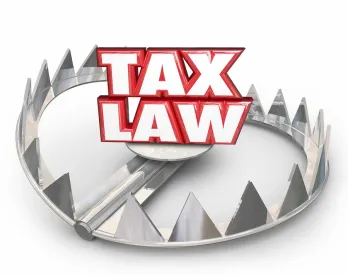The election of Donald J. Trump as the 45th President of the United States, along with the Republican control of the majority of both the House of Representatives and the Senate, has raised the possibility that current Treasury regulations may be modified or nullified. The Trump Administration can consider one of two methods to do so:
-
The IRS/Treasury may issue new, and simultaneously withdraw existing, Treasury regulations, or
-
Congress can act under the Congressional Review Act (“CRA”) to strike down Treasury regulations.
The easier of the two methods for the IRS/Treasury to modify or nullify current Treasury regulations would be to withdraw existing temporary and/or final Treasury regulations and issue new proposed Treasury regulations. In doing so, the IRS/Treasury, similar to other administrative agencies, must satisfy the current interpretations of the Administrative Procedure Act. Typically, this requires a notice and comment period for new proposed Treasury regulations prior to finalization of the Treasury regulations. In addition, the IRS/Treasury generally needs to acknowledge that it is changing its policy when withdrawing the Treasury regulations and state the reasons for the change, though it does not need to prove that its new policy is better than its old policy.
As an alternative, Congress can act under the CRA to strike down Treasury regulations. Under the CRA, Congress may act by passing a joint resolution to disapprove Treasury regulations, although the President can veto the disapproval. From the time a CRA report is submitted, Congress has 60 legislative days to review the rule (60 session days in the case of the Senate and 60 legislative days in the case of the House of Representatives). If an agency rule is promulgated when there are 60 or fewer legislative days remaining in the legislative session, the rule is also subject to review under the CRA in the following Congressional session. Congress may be hesitant to use this approach because once a Treasury regulation has been disapproved, the agency generally cannot issue a rule that is substantially the same. Because of these procedural difficulties, it should not be surprising that the CRA has rarely been used to override administrative regulations.
We can expect the Trump Administration to consider the modification of numerous Treasury regulations, including the recently issued debt-equity regulations under I.R.C. section 385 (view our previous memo here) and the anti-inversion regulations under I.R.C. section 7874 (view our previous memo here), and we would generally expect that it would issue new, and withdraw existing, Treasury regulations to achieve its objectives.







 />i
/>i

